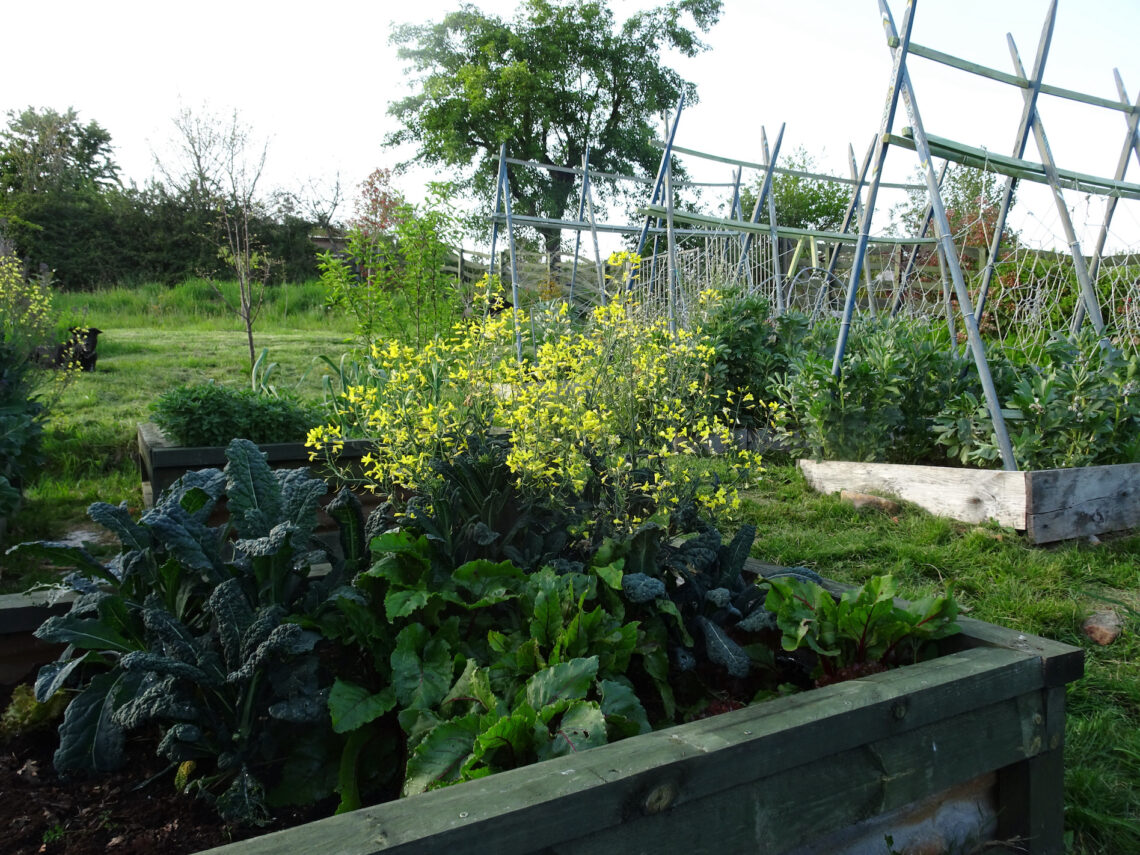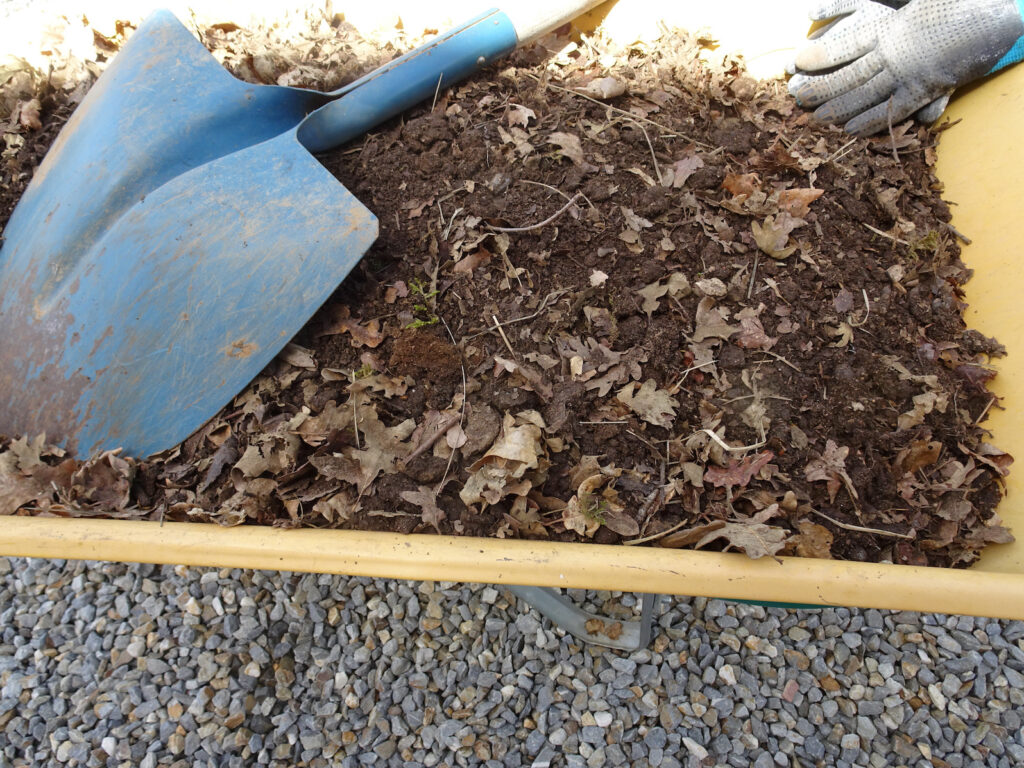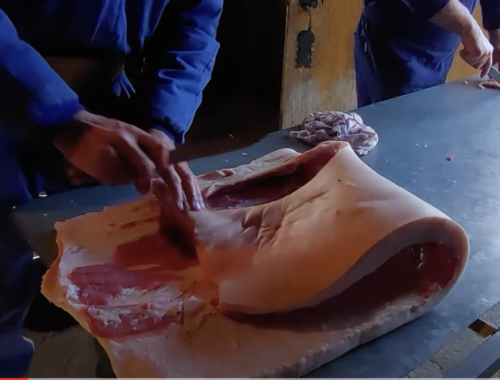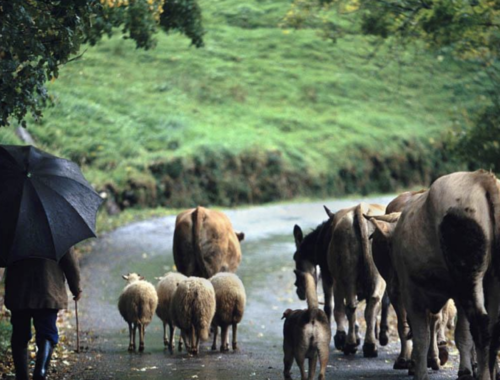
Raised Veggie Beds
2nd year raised beds
This is our second year with raised beds for the vegetable garden and I couldn’t be happier with them. For us, with our unrelenting clay soil.the raised beds are more productive in their second year than the ground-level permaculture garden ever was and with less work. We have had fresh rocket, beetroot and carrots all through winter, as well as stores of courgette, squash, sun-dried and frozen tomatoes, garlic and beans. We have just started to eat the new broad beans.
The beds are highly productive, providing most of our veg throughout the year and they don’t need more watering than conventional beds. They allow for easy crop rotation and for harvesting and direct seeding throughout the year.
Building and maintaining the soil
It is much easier to maintain the soil and control weeds in the raised beds. I’m using a mix of our own compost, with forest mulch and some store bought compost for bulk. The beds need to be seasonally replenished. Store bought compost is fine for seedlings, but it is sterile and lacks nutrients, so I don’t find it much good for vegetables.
The other morning wild boar had dug up the track to our house along both sides. They had made several barrow loads of well-rotted oak and pine mulch easily available, so I loaded the wheelbarrow and used it to top-dress the beds – it is full of micro-organisms and makes for a really rich well-balanced soil. Plus, it’s free.

Direct seeding
With the raised beds I have been able to direct seed garlic, broccoli, kale, beets, carrots, beans, coriander, parsley and lettuce. This was not possible in the conventional beds as all the seedlings got fried or eaten. (Apart from the garlic) The raised beds give them a lot more protection.
I sow tomatoes, peppers, chillis, aubergines, courgettes, squash and cucumbers in the greenhouse, to give them a good start before going out after the last frost.
Slugs and snails
Slugs and snails are less of a problem and it’s easy to keep them away from the plants they go for with crushed egg shells or diatomaceous earth. We don’t have much of a problem with any other pests and we don’t use any pesticides, especially as we have bees,
I might have found the world’s tiniest snail


The Pole Star Transmissions

Merlin Returns
You May Also Like

Rosehip syrup
October 24, 2013
Winter in Rural Galicia
December 15, 2022
